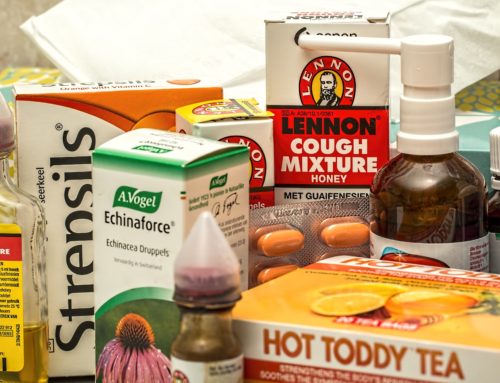Season Affective Disorder (SAD) drains energy while causing powerful cravings for carbs and sugar. Indulging in sugary carbs packs on the pounds. Gorging on carbohydrates skews blood sugar levels, and the peak-and-crash blood sugar surges lead to even more profound fatigue. Being aware of the way SAD drives our food cravings and making the right changes to our diets can interrupt the cycle of craving, gaining and crashing
First, jettison the junk. Junk food is salty, heavy in simple carbohydrates and loaded with sugar. Eating these foods causes an immediate release of the feel-good chemical serotonin in the brain. This generates a quick lift in mood. We feel much better, just not for long. At the same time, we’ve aggravated our blood insulin levels and are about to suffer through a sugar spike and crash cycle.
Next, let’s talk about foods to add to our diet. Vitamin D is known as the “sunshine vitamin,” and for a good reason. Our bodies only produce vitamin D when we’re exposed to intense sunlight, which is lacking in wintertime. You can check with your doctor to find out if you’re deficient in vitamin D (almost 70 percent of Americans are). Adding supplements can help but adding foods that are rich in the sunshine vitamin helps the most. Try whole eggs, ocean fish like tuna, salmon, and sardines, and fish oils to get vitamin D.
Omega-3 fatty acids are also essential. Omega-3s promote healthy, adequate levels of serotonin and dopamine in the brain. Low levels of serotonin are associated with depression. It’s not entirely known how omega-3s work in the brain, although it’s likely they help serotonin cross into the cell membrane. Sources of omega-3 fatty acids include salmon, sardines, herring, and mackerel. Flaxseed, hemp, and canola are also good sources of omega-3s.
As to the questions about carbs, it doesn’t take much of them to fill your body’s needs. Low-fat, high fiber carbs like pretzels, popcorn, unsweetened shredded wheat, and whole-grain bread are excellent sources for carbs that have a low glycemic index. Healthy carb intake is based on those carbohydrates that are digested and metabolized slowly.
Antioxidants are always beneficial and have a place in your anti-SAD diet. Free radical molecules disrupt on a subtle but real level the body’s chemistry. Foods brimming with vitamins E and C, coupled with beta-carotene neutralize antioxidants and provide lots of minerals, like zinc, potassium, and magnesium. Here are a few tasty examples:
- Carrots
- Cantaloupe
- Peaches
- Sweet Potatoes
- Spinach
You can find lots of vitamin C in these foods:
- Citrus fruits, such as grapefruit and oranges
- Tomatoes
- Strawberries
- Peppers
If you’re looking for vitamin E, try these tasty examples:
- Beans
- Nuts
- Leafy greens
- Sweet potatoes
Don’t forget protein. Protein is a significant source of the amino acid tyrosine. Tyrosine is a critical ingredient the body needs to make norepinephrine, dopamine, and serotonin. These neurotransmitters are essential for a healthy brain, as well as a regular, stable mood. They’re also responsible for helping concentration and focus.
The B family of vitamins are always essential for the brain’s best functioning. Folate (B9) helps the other B vitamins work effectively, especially B12. B12 is known for its ability to assist in repairing nerves and is necessary for a healthy nervous system. You can find both folate and B12 in leafy dark greens, liver, fatty fish like salmon, tuna and mackerel, and liver.
Eliminating highly processed foods, getting rid of junk food and adding fresh vegetables and fruit to our diet is an effective way of providing the body with the necessary tools to fight SAD and keep a healthy emotional equilibrium.
Damaris Aragon, ARNP, BC provides a full spectrum of mental health care to people in Spokane, Washington and the surrounding areas. She focuses on providing compassionate personalized care that adheres to current evidence-based standards. Reach out to Damaris through her contact page or calling 509-342-6592.





